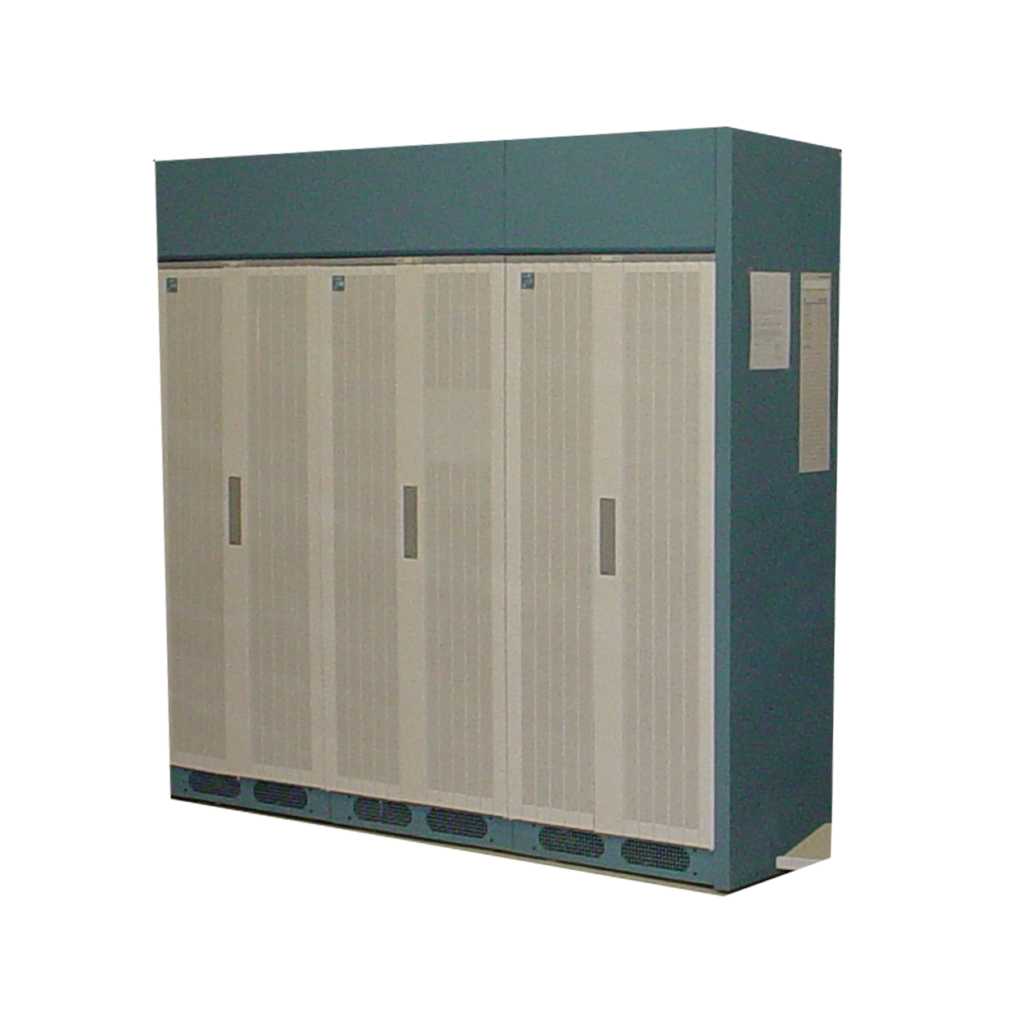
Home » Alcatel Lucent » Lucent 5ESS
The Alcatel‑Lucent 5ESS Switching System is a Class‑5 digital telephone switch introduced in 1982 by Western Electric/AT&T and later maintained under Lucent and Alcatel‑Lucent. As one of the most widely deployed Class‑5 telephone exchanges, it has supported well over 100 million subscriber lines globally and has formed a core component of public telephone networks for decades.
Engineered for service provider and carrier environments, the 5ESS delivers robust, multiservice switching for voice, data, and signaling traffic. Built on a fully distributed architecture comprising Administrative, Communication, and Switching Modules, it offers reliability, scalability, and high availability across diverse operating conditions.
Carritech offers support for the full ecosystem of 5ESS hardware, line cards, and spare modules—fully tested and ready to extend the service life of legacy switching infrastructure. Whether maintaining active deployments or provisioning spares, our offerings provide continuity and peace of mind.
Carrier-Grade Reliability
Designed for 99.999% uptime, with fault-tolerant architecture and extensive redundancy across system components.
Modular, Distributed Architecture
Composed of Administrative Modules (AM), Communications Modules (CM), and Switching Modules (SM), allowing for scalable and flexible deployment.
Multiservice Switching
Supports voice, data, ISDN, Centrex, operator services, and intelligent network (IN) applications within a single platform.
High Capacity
Supports hundreds of thousands of subscriber lines and trunks, making it ideal for large-scale central office and international deployments.
Integrated Signaling Support
Full support for SS7 (Signaling System No. 7) and legacy signaling protocols like MF and R2, enabling global interoperability.
Centralized Management
Comprehensive control and monitoring via the Administrative Module, with options for remote management and diagnostics.
Flexible Interface Options
Supports analog, digital, and IP-based interfaces including T1/E1, DS3, and optical connections through integrated interface cards.
Service Customization
Offers advanced routing, call processing, and service logic control capabilities for tailored voice and data service offerings.
Long-Term Deployment Stability
Field-proven platform still in use worldwide, offering a reliable solution for legacy network continuity.
Field-Replaceable Components
Designed for easy maintenance and support, with modular cards and shelves for efficient sparing and upgrades.
The 5ESS Switching System uses a modular, distributed architecture made up of three main components:
Administrative Module (AM)
Central processor for call processing, operations, maintenance, and control functions
Runs UNIX-based software for service logic and system configuration
Supports remote access, alarms, diagnostics, and billing interfaces
Communications Module (CM)
Handles time-slot interchanges and manages signaling and message transport
Acts as the switch’s internal messaging and synchronization hub
Provides interfaces between AM and all Switching Modules (SMs)
Switching Module (SM)
Local processor for handling line and trunk interfaces
Performs call setup, digit analysis, and voice switching
Can operate autonomously even if the AM or CM is unavailable
Each SM can serve thousands of lines or trunks
Line Capacity: Up to 100,000+ subscriber lines per system
Trunk Capacity: Scales to thousands of T1/E1/DS3 trunks
Port Density: High-density shelves and line cards for efficient rack space usage
Call Processing Rate: Thousands of calls per second under full load
Telephony Interfaces:
Analog POTS
ISDN BRI/PRI
T1/E1, DS0, DS1, DS3
SONET/SDH via add-on transport modules
Signaling Support:
SS7 (ISUP, SCCP, MTP)
MF, R1, R2
GR-303, V5.2 for remote access nodes
SIP (via interworking units in modern deployments)
Basic and enhanced voice services
ISDN and Centrex
Operator services
Emergency call routing
Intelligent Network (IN) services
Voice and data integration with legacy and modern networks
Redundant Processors: Dual processors for AM and SMs with automatic failover
Power: Dual power inputs; supports DC and AC configurations
Diagnostics: Built-in test access, error logs, and status indicators
Hot-Swappable Modules: Most components are field-replaceable without service interruption
Local or remote management via the AM
UNIX-based software environment for administration and provisioning
Alarm systems with thresholds and triggers
Compatibility with external operations support systems (OSS)
Mounting: Floor-standing cabinet systems; some configurations allow for rackmount
Cooling: Forced air with redundant fans
Operating Temperature: Typically 0°C to 40°C (indoor environments)
Power: -48V DC typical; battery backup systems optional
| Period | Owner / Marketer | Notes |
|---|---|---|
| 1982 – 1996 | Western Electric / AT&T | Introduced the 5ESS as the Western Electric No. 5 ESS digital switching system in March 1982 for Class‑5/Central Office use and hybrid Class 4/5 applications. |
| 1996 – 2006 | Lucent Technologies | Following the 1996 spin-off from AT&T, Lucent marketed and upgraded the 5ESS—including the 5ESS‑2000 AnyMedia platform—through software releases up to 5E16.x. Support remained strong across legacy PSTN deployments. |
| 2006 – 2016 | Alcatel‑Lucent | After the merger in 2006, the 5ESS became part of Alcatel‑Lucent’s legacy switching business. Continued documentation and limited support were offered, though sales declined as packet networks grew. |
| 2016 – Present | Nokia / Legacy providers | Nokia took ownership of all 5ESS intellectual property after acquiring Alcatel‑Lucent in 2016. By 2024–25 the 5ESS was largely retired globally; legacy support continues from Nokia and third-party vendors like Carritech. |
No files found.
From expert maintenance and repair to reliable part sourcing and technical consultation, we provide comprehensive support for every stage of your network’s lifecycle. Whether you’re extending the life of legacy systems or integrating with modern infrastructure, our team ensures seamless, efficient, and cost-effective solutions—so you can focus on performance, not problems.